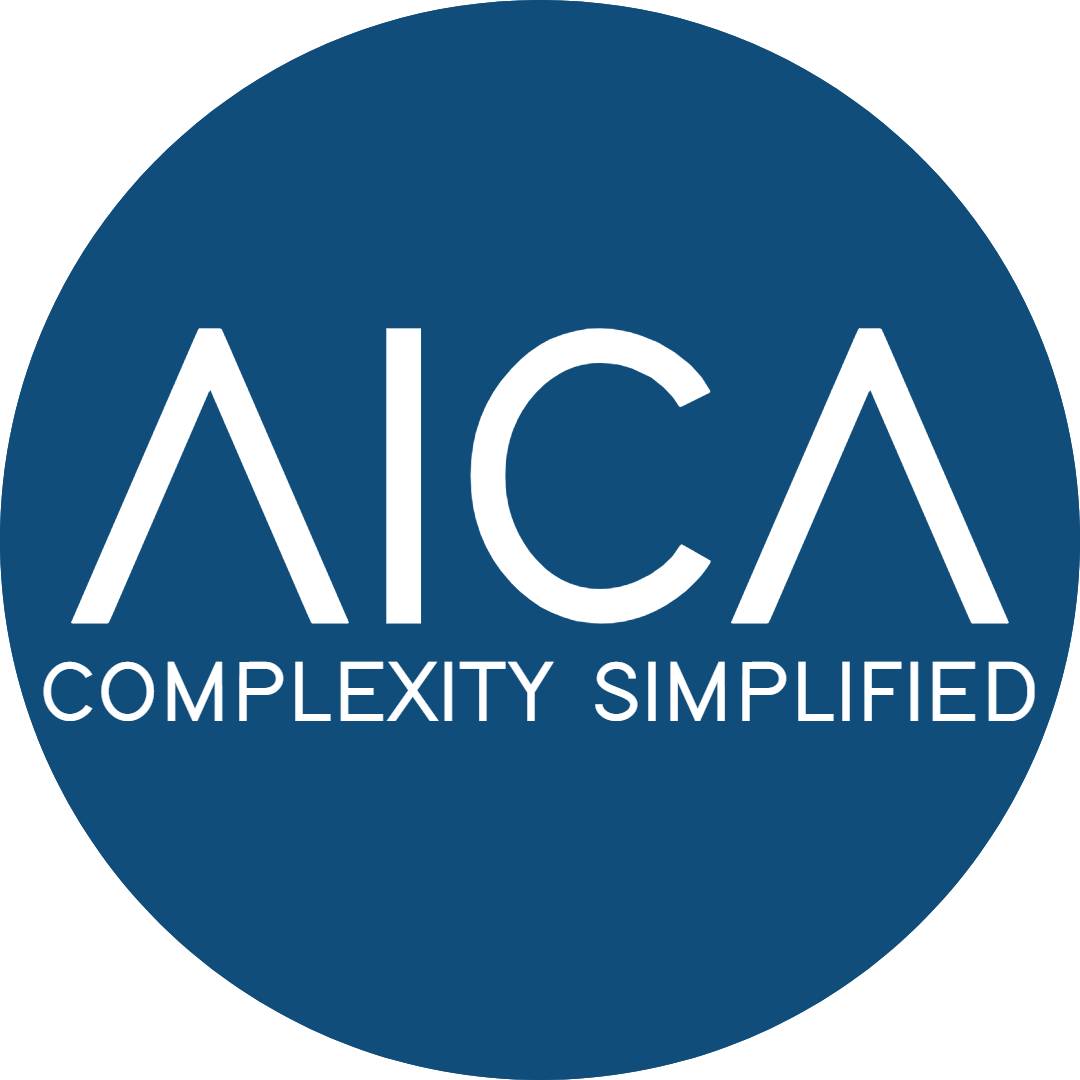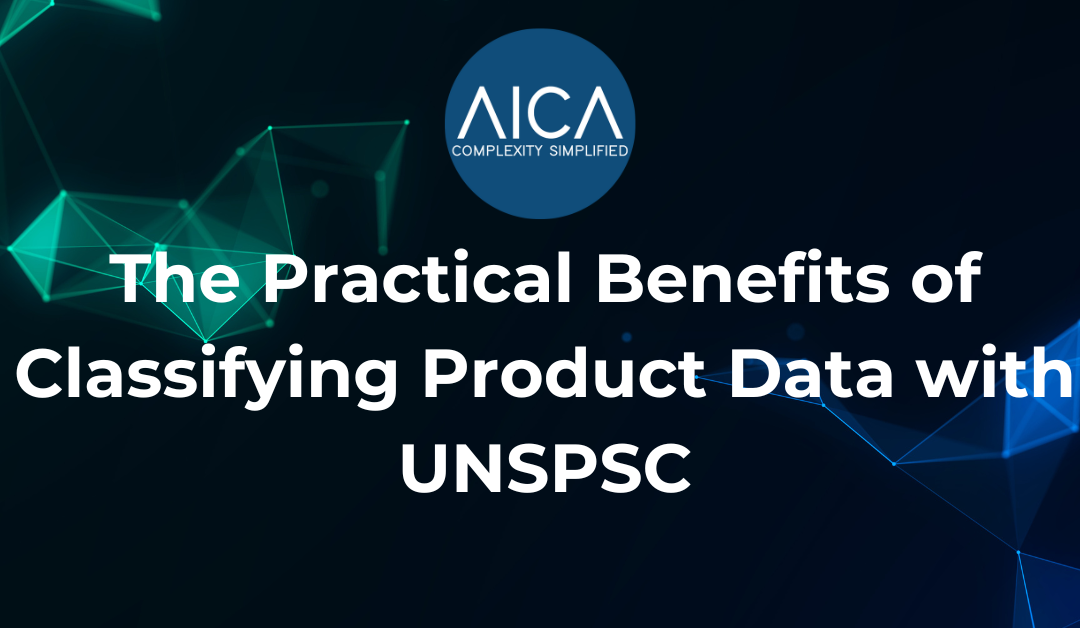Product and service data must be organised, structured, and easily accessible to drive efficient operations. One of the most effective ways to achieve this is through UNSPSC (United Nations Standard Products and Services Code) classification. While UNSPSC is often associated with procurement processes, its practical benefits extend far beyond basic purchasing functions—impacting spend analysis, inventory management, supplier relationships, and operational performance across industries.
Here’s a closer look at the real-world advantages organisations gain by classifying their product data with UNSPSC:
1. Enhanced Spend Analysis
Accurate spend analysis depends on clean, well-classified data. By classifying products and services under UNSPSC, organisations can group similar purchases together, identify where money is being spent, and uncover opportunities for cost savings. As a result companies can spot duplicate suppliers, negotiate better volume discounts, and consolidate purchasing activities—leading directly to reduced procurement costs.
2. Improved Procurement Efficiency
With UNSPSC classification, procurement teams can quickly search for, compare, and source products or services based on standardised categories. This speeds up the RFQ and RFP processes, making supplier selection more accurate and less time-consuming.Therefore procurement cycles become faster, reducing administrative overhead and ensuring projects stay on schedule.
3. Better Supplier Management and Consolidation
A consistent classification framework allows organisations to categorise suppliers by the types of goods or services they provide. This clarity enables businesses to better evaluate supplier performance, consolidate vendors, and reduce supplier fragmentation. This means fewer suppliers, stronger relationships, and better contract terms through aggregated purchasing power.
4. Accurate Inventory and Catalog Management
Inconsistent naming conventions and duplicate items can cause significant issues in inventory systems. UNSPSC classification standardised item records, making it easier to maintain clean catalogs, track stock accurately, and avoid overstocking or stock outs.This gives organisations more efficient inventory management, leading to lower carrying costs and fewer disruptions in operations.
5. Simplified Regulatory Compliance and Reporting
For industries that require strict compliance reporting, UNSPSC provides a globally recognized and auditable system for categorising products and services. Having data classified accurately reduces the risk of regulatory penalties and supports smoother audit processes. Businesses can therefore expect easier compliance with procurement regulations, ESG (Environmental, Social, and Governance) initiatives, and government reporting requirements.
6. Stronger Insights for Strategic Decision-Making
When product and service data is classified under a consistent taxonomy like UNSPSC, organisations can conduct deeper data analysis. It becomes possible to identify trends, benchmark performance, and develop more informed procurement, sourcing, and investment strategies. Decision-makers also gain a clearer, more actionable view of operational data, allowing for smarter business planning and resource allocation.
How AICA Can Help You Unlock the Full Value of UNSPSC Classification
At AICA, we specialise in automating UNSPSC classification through our proprietary Agentic AI technology. Our solution is designed to help organisations:
- Classify large datasets quickly and accurately (over 90% accuracy)
- Reduce manual effort by automating up to 90% of classification tasks
- Integrate directly with ERP, EAM, MDM, and procurement systems
- Enhance data governance by continuously detecting and correcting classification errors
Whether you’re migrating to a new ERP, cleaning legacy data, or building a strategic procurement function, AICA ensures your product data is clean, structured, and ready to drive real business value.
Ready to elevate your product data management?
Contact AICA today to learn how we can transform your data with fast, accurate UNSPSC classification.
Copyright Reserved © AICA Data International Ltd 2025

